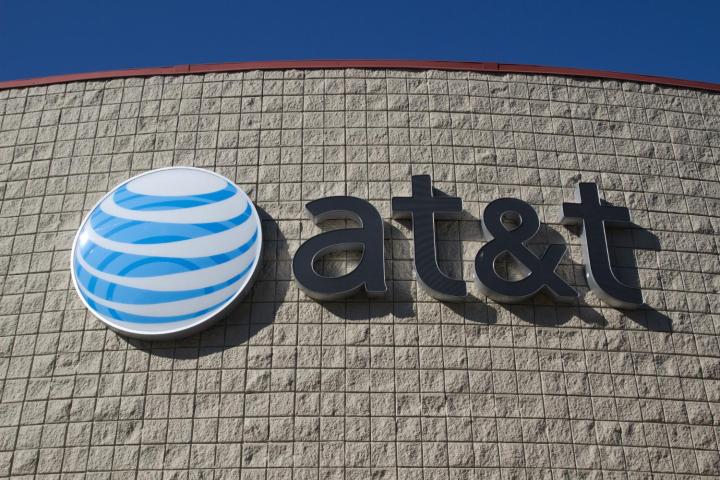
Central to regulators’ consideration are the markets AT&T occupies. While the absorption of Time Warner Cable’s assets by Comcast would’ve seen the expansion of Internet, cable TV, and content covering ground across the country, and leaning towards a monopoly, FCC staff observe that DirecTV offers no such potential for AT&T. The play here is a merging of regional pay-TV with satellite, a proposition which the government finds much more palatable.
Separately, the Justice Department “has yet to raise any significant issues.” WSJ sources say AT&T is unlikely to face significant resistance, but might be asked to make concessions around the handling of streaming video services.
AT&T, for its part, is confident the deal will go through. The communications giant told investors during its first quarter earnings report that it expected approval of the acquisition by the end of May. If approved, the merger would consolidate 26 million pay-TV subscribers under one roof. The two companies would also be able to create new cross-platform bundles as incentive to keep subscribers, including the possibility of bundling mobile phone service with Internet and satellite TV. It would also allow expansion of those services into several new territories.
The FCC hasn’t met with AT&T to hash out exact terms, a step sources say is necessary before the issue is sent to commissioners for a vote, but the sentiment within the agency is that the AT&T deal will actually increase competition and “[aid] the spread of broadband into rural areas that lack service.” Furthermore, the commission’s staff is reportedly “inclined to recommend the approval of the deal” if AT&T agrees to uphold the pledges it made ahead of its proposal last year, which included expanding high-speed broadband to millions of customers in rural communities and committing to certain net-neutrality policies.
This isn’t AT&T’s first attempt at an acquisition valued in the tens of billions. The company’s proposed buyout of T-Mobile was derailed when the Justice Department moved to block the merger in court, citing concerns about the “fewer choices and lower quality” that might result.
AT&T’s move to acquire DirecTV may have been spurred by Comcast’s plans, but the mega corp is also hoping Charter’s rumored bid for Time Warner Cable might further assuage regulators. According to the Journal, Charter is “laying the groundwork for a potential bid.” TWC rejected the company’s initial bid, a $61.3 billion buyout offer last year.


